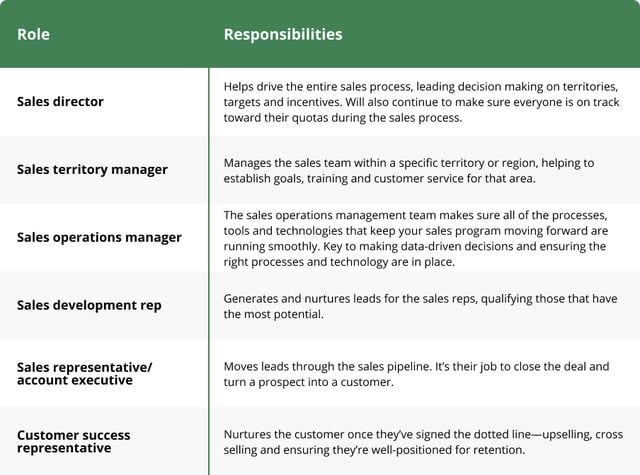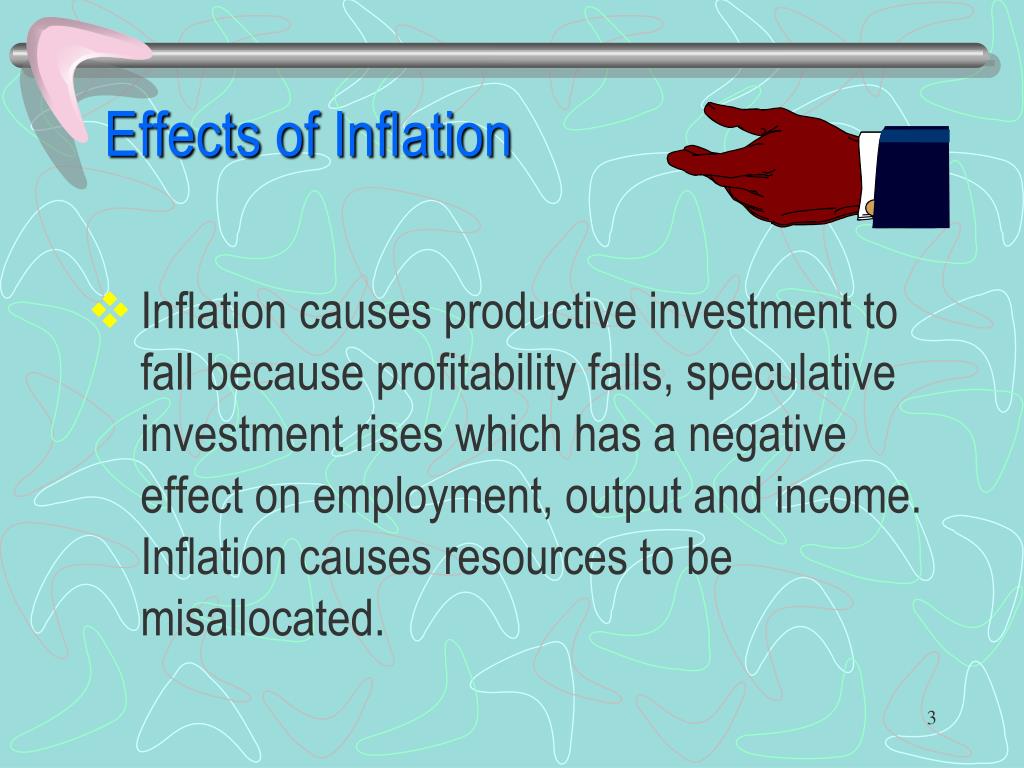What Drives the Performance of the S&P 500?
The S&P 500 index is a widely followed benchmark of the US stock market, comprising 500 large-cap companies that are leaders in their respective industries. As a market-capitalization-weighted index, the S&P 500’s performance is influenced by the collective performance of its constituent companies. The index is calculated and maintained by S&P Dow Jones Indices, a division of S&P Global. The S&P 500’s significance in the global financial market stems from its ability to provide a broad representation of the US equity market, making it a popular benchmark for investment portfolios and a widely followed indicator of market trends. Factors such as economic indicators, geopolitical events, and monetary policy decisions can all impact the S&P 500’s performance, making it essential for investors to understand these influences when making investment decisions.
How to Analyze the S&P 500’s Historical Performance
Understanding the S&P 500’s historical performance is crucial for investors seeking to make informed investment decisions. Analyzing the index’s historical total returns, dividend yields, and price-to-earnings ratios can provide valuable insights into its behavior over time. By examining these metrics, investors can gain a deeper understanding of the S&P 500’s performance during different market conditions, including periods of economic growth, recession, and inflation. This knowledge can be used to set realistic expectations, manage risk, and optimize portfolio performance. Furthermore, analyzing the S&P 500’s historical performance can help investors identify trends and patterns, which can inform their investment decisions and improve their overall investment strategy. By leveraging the insights gained from historical data, investors can make more informed decisions and achieve their long-term investment goals.
A Deep Dive into the S&P 500’s Historical Total Returns
The S&P 500’s historical total returns provide a wealth of information for investors seeking to understand the index’s performance over time. A comprehensive analysis of the S&P 500’s historical total returns reveals a complex picture of average annual returns, volatility, and performance during different market conditions. Since its inception in 1957, the S&P 500 has delivered an average annual return of around 10%, with periods of significant growth and decline. For instance, during the 1990s, the S&P 500 experienced a remarkable bull run, with average annual returns exceeding 20%. In contrast, the index suffered significant losses during the 2008 global financial crisis, with returns plummeting by over 37%. By examining the S&P 500’s historical total returns, investors can gain a deeper understanding of the index’s behavior during different market conditions, including periods of economic growth, recession, and inflation. This knowledge can be used to inform investment decisions, set realistic expectations, and optimize portfolio performance. Furthermore, analyzing the S&P 500’s historical total returns can provide valuable insights into the index’s volatility, which can help investors manage risk and achieve their long-term investment goals. As investors seek to navigate the complexities of the global financial market, a thorough understanding of the S&P 500’s historical total returns is essential for making informed investment decisions.
The Impact of Inflation on S&P 500 Returns
Inflation is a critical factor that can significantly impact the S&P 500’s historical total returns. When inflation rises, it can erode the purchasing power of investors’ returns, reducing the real value of their investments. Historically, the S&P 500 has performed differently during periods of high and low inflation. During the 1970s, for instance, the S&P 500 struggled to deliver positive returns as inflation soared to over 14%. In contrast, during the 1990s, the index experienced a remarkable bull run, with average annual returns exceeding 20%, as inflation remained under control. The relationship between inflation and S&P 500 returns is complex, and investors must understand how inflation affects stock prices, dividend yields, and total returns. For example, during periods of high inflation, companies may increase their prices to maintain profit margins, which can lead to higher earnings and, subsequently, higher stock prices. However, if inflation becomes too high, it can lead to higher interest rates, which can negatively impact stock prices and total returns. By examining the S&P 500’s historical performance during different inflationary environments, investors can gain valuable insights into how to navigate the complexities of the global financial market and make informed investment decisions.
How to Use S&P 500 Historical Data for Investment Decisions
When it comes to making informed investment decisions, understanding the S&P 500’s historical performance is crucial. By analyzing the index’s historical total returns, investors can gain valuable insights into its behavior during different market conditions, including periods of economic growth, recession, and inflation. This knowledge can be used to set realistic expectations, manage risk, and optimize portfolio performance. For instance, investors can use the S&P 500’s historical total returns to determine the potential returns of their investments, assess the risk associated with different asset classes, and develop a diversified portfolio that aligns with their investment goals. Furthermore, historical data can help investors identify patterns and trends in the market, allowing them to make more informed decisions about when to buy or sell securities. By applying the insights gained from the S&P 500’s historical performance, investors can develop a long-term investment strategy that is tailored to their individual needs and goals. For example, investors can use the S&P 500’s historical total returns to determine the optimal asset allocation for their portfolio, identify opportunities for diversification, and develop a strategy for managing risk and volatility. By leveraging the power of historical data, investors can make more informed decisions and achieve their long-term investment objectives.
Comparing S&P 500 Historical Returns to Other Asset Classes
When evaluating the S&P 500’s historical total returns, it’s essential to consider its performance in the context of other asset classes. By comparing the S&P 500’s returns to those of bonds, real estate, commodities, and other investment vehicles, investors can gain a broader perspective on the opportunities and risks associated with different asset classes. For instance, a comparison of the S&P 500’s historical total returns to those of bonds reveals that stocks have historically provided higher returns over the long term, but with greater volatility. In contrast, bonds have offered more stable returns, but with lower yields. Similarly, a comparison of the S&P 500’s returns to those of real estate and commodities highlights the benefits of diversification, as these asset classes have historically provided returns that are less correlated with those of stocks. By understanding the relative performance of different asset classes, investors can develop a more informed investment strategy that takes into account their individual risk tolerance, investment goals, and time horizon. For example, investors seeking income may prefer bonds or dividend-paying stocks, while those seeking growth may prefer the S&P 500 or other equity indices. By comparing the S&P 500’s historical total returns to those of other asset classes, investors can make more informed decisions about how to allocate their investments and achieve their long-term financial objectives.
Lessons from the S&P 500’s Historical Performance
The comprehensive analysis of the S&P 500’s historical total returns provides several key takeaways for investors. One of the most significant lessons is the importance of adopting a long-term perspective when investing in the stock market. Despite experiencing periods of volatility and decline, the S&P 500 has consistently provided positive returns over the long term, highlighting the benefits of patience and persistence. Another key takeaway is the significance of diversification in managing risk and optimizing portfolio performance. By analyzing the S&P 500’s historical total returns in the context of other asset classes, investors can gain a deeper understanding of the benefits of diversification and how to allocate their investments effectively. Furthermore, the analysis highlights the impact of inflation on S&P 500 returns, underscoring the importance of considering macroeconomic factors when making investment decisions. By applying these lessons to their investment strategy, investors can develop a more informed and effective approach to achieving their long-term financial objectives. For instance, investors can use the S&P 500’s historical total returns to set realistic expectations for their investments, manage risk through diversification, and optimize their portfolio performance by allocating their investments effectively. By incorporating these insights into their investment strategy, investors can make more informed decisions and achieve their long-term financial goals.
Applying Historical Insights to Your Investment Strategy
By incorporating the insights gained from the S&P 500’s historical performance into a long-term investment strategy, investors can make more informed decisions and achieve their financial objectives. One key takeaway is the importance of adopting a disciplined investment approach, avoiding emotional decisions based on short-term market fluctuations. Instead, investors should focus on the S&P 500’s historical total returns, which have consistently provided positive returns over the long term. Additionally, investors can use the S&P 500’s historical performance to set realistic expectations for their investments, recognizing that the index has historically provided average annual returns of around 10%. By doing so, investors can avoid unrealistic expectations and make more informed decisions about their investments. Furthermore, the analysis highlights the significance of diversification in managing risk and optimizing portfolio performance. Investors can apply this insight by allocating their investments across different asset classes, including bonds, real estate, and commodities, to reduce risk and increase potential returns. By incorporating these historical insights into their investment strategy, investors can develop a more effective approach to achieving their long-term financial goals. For instance, investors can use the S&P 500’s historical total returns to inform their asset allocation decisions, optimize their portfolio performance, and manage risk through diversification. By doing so, investors can make more informed decisions and achieve their financial objectives.



-1200x800.jpg)




